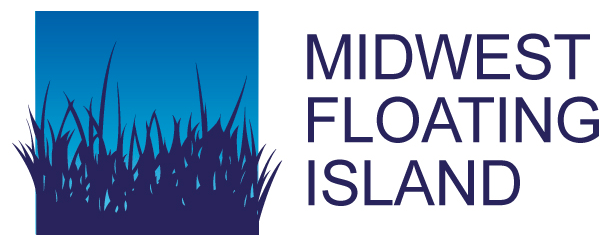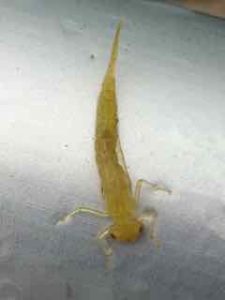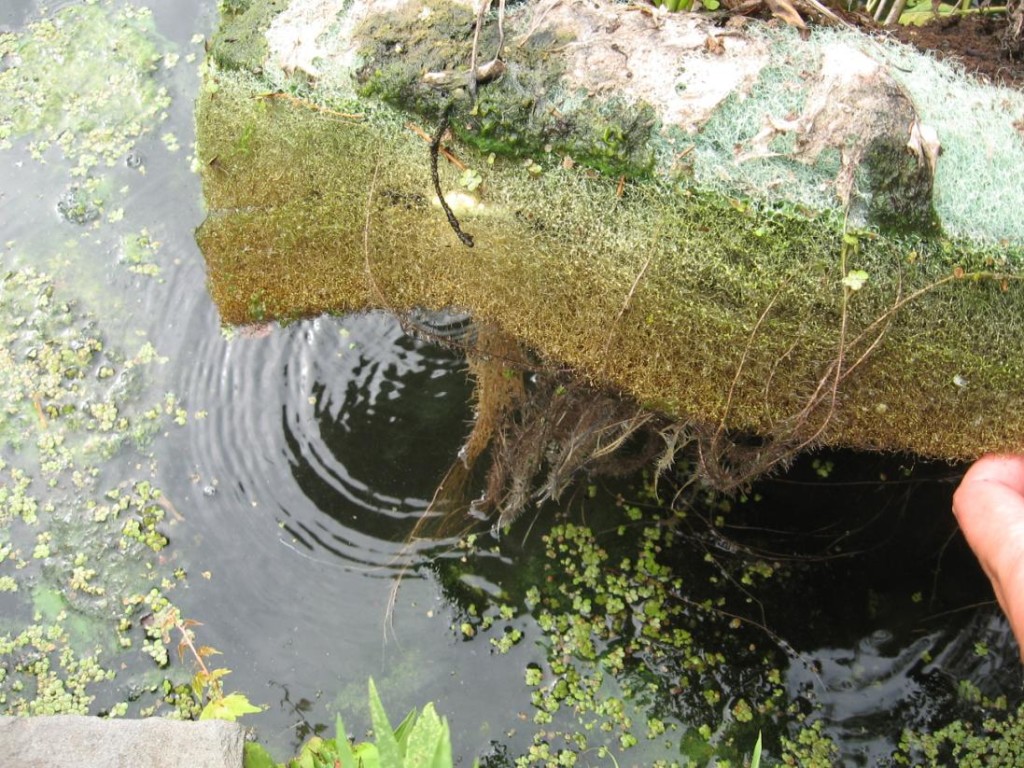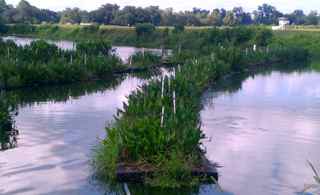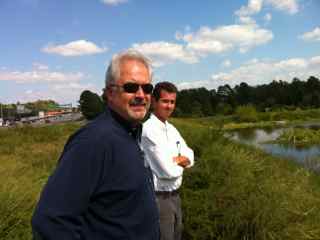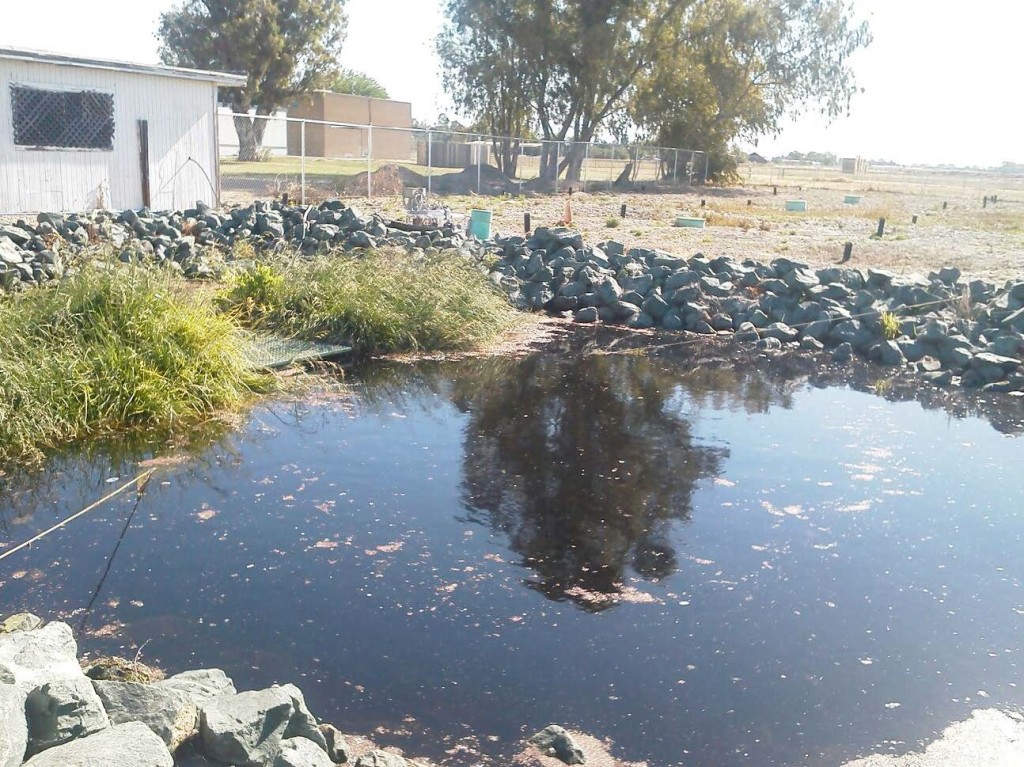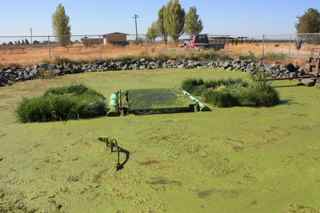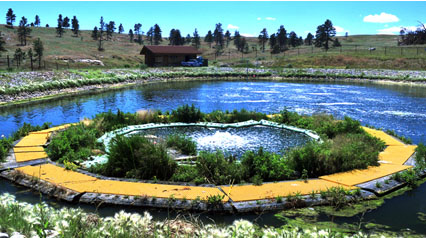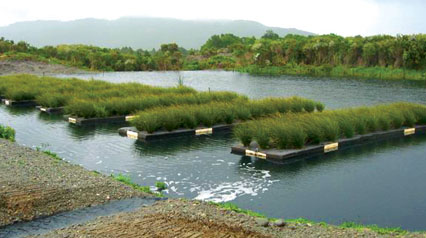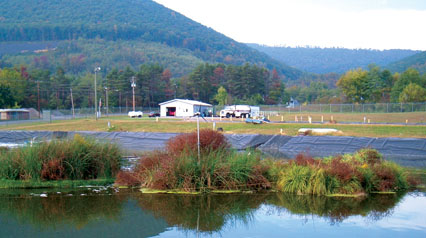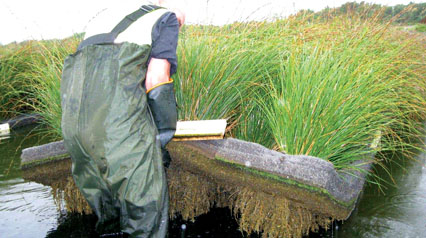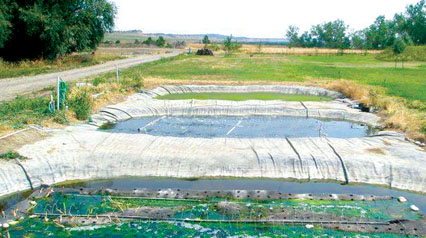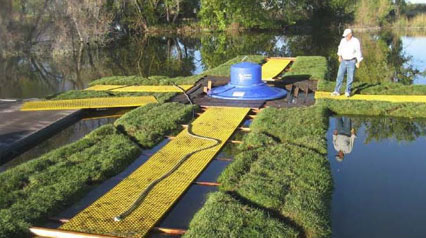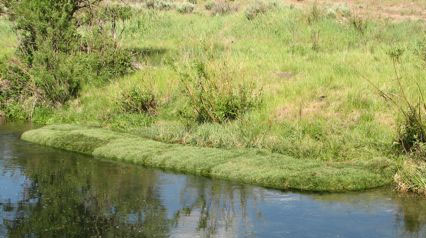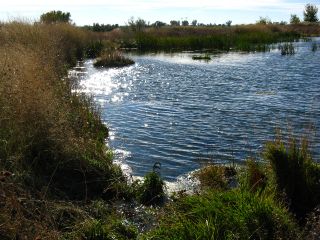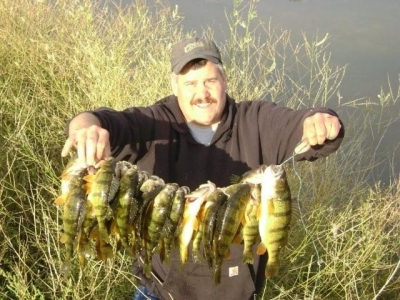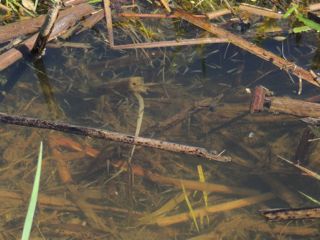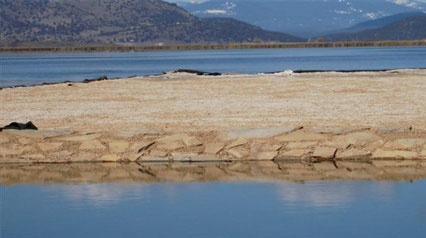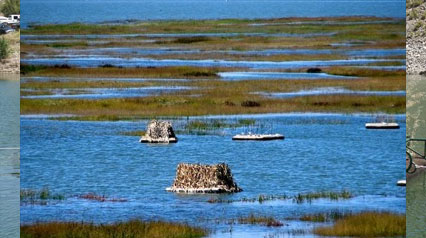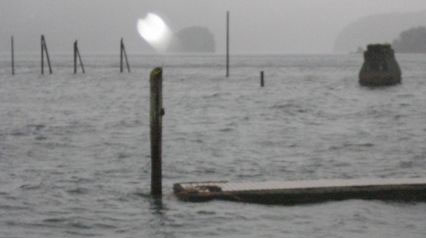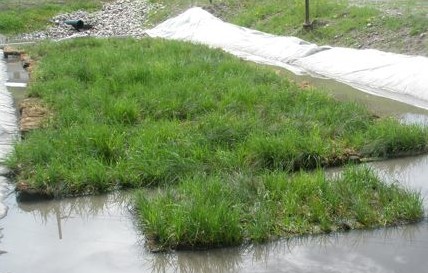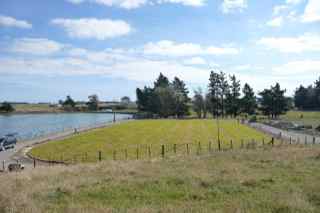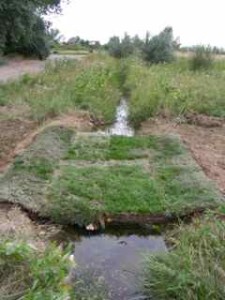BioHaven® Case Studies
Location: Pasco County, Florida, USA
Summary: Floating Treatment Wetlands removed substantial concentrations of nitrogen and phosphorus from reclaimed waters.
Location: Reynoldsburg, Ohio, USA
Summary: Elevated BioSwale technology improve stormwater runoff by decreasing ammonia, nitrate, total phosphorus (TP), orthophosphate (Ortho-P), and E. coli bacteria.
Location: Big Sky, Montana, USA
Summary: This stunning array of BioHaven® Floating Treatment Wetlands (FTW’s), installed and planted by Watershed Consulting, out-performed the customer’s expectation with exceptional Nitrogen removal.
Location: Mermaid Pool, Somerset County, New Jersey, USA
Summary: Biohaven® floating islands clean a waterway in New Jersey by significantly reducing total phosphorus (TP). The floating treatment wetlands (FTWs) were able to remove an estimated 66 pounds of TP in the course of one growing season, with maximum efficacy reached with TP concentrations over 0.1 mg/L.
Location: Elayn Hunt Correctional Facility, St. Gabriel, Louisiana, USA
Summary: Over a seventeen month sampling period, Biohaven® floating islands reduced COD, phosphate and ammonia to manageable levels that kept the facility in compliance with EPA guidelines. This Louisiana DEQ funded passive Biohaven® floating island launch has achieved the best nutrient removal rates to date.
Location: Durham, North Carolina, USA
Summary: Biohaven® floating islands make good ponds better. This four year study tracked the reduction of nine aquatic parameters of concern in two North Carolinian storm water retention ponds.
Summary: Given proper installation and maintenance, floating treatment wetlands (BioHaven® Floating Islands) enhance aesthetic and water quality benefits of stormwater ponds. Size, location, root depth and plant choice can promote good removal of pollutants. Plant uptake processes are only <2% of the overall nutrient load removal; rather, the roots provide additional resistance to flow (allowing sedimentation to occur).
Location: North Valley School holding tank, Lodi, California, USA
Summary: Using a Biohaven Floating island in a waste water retention pond removal rates of over 95% were achieved in response to ammonia, Biochemical Oxygen Demand (BOD) and total suspended solids (TSS). The mass reduction in nutrients has led to a reduction in algae and results in cleaner water.
Location: Lodi, California, USA
Summary: A waste water retention pond was outfitted with a Biohaven® Streambed resulting in conspicuous improvement in ascetics and odor. Nutrient removal rates for Total Nitrogen, ammonia, Biochemical Oxygen Demand (BOD) and total suspended solids (TSS) exceeded 78% with ammonia reduction up to 99%.
Location: Rehberg Ranch Residential Subdivision, Billings, Montana, USA
Summary: Active Biohaven® floating islands in waste water lagoons reduce nutrient levels and save money. With side by side comparisons of two waste water lagoons, man-made wetlands out perform traditional lagoons and create a more cost effective sewage treatment system.
Location: McLean’s Pit Landfill, Town of Greymouth, South Island, New Zealand
Summary: Leachate, nutrient and pollutant rich water that escapes landfills, is a problem for surface and groundwater worldwide. The addition of passive Floating Treatment Wetlands to existing retention ponds is an effective and low cost strategy to remove harmful nutrients such as; Nitrogen, Total Suspended Solids (TSS) and reduce the Biochemical Oxygen Demand (BOD).
Location: Wiconisco Township,Pennsylvania, USA
Summary: Floating Islands are being used to meet state nutrient reduction goals for the Chesapeake Bay Tributary Strategy. The active Biohaven® floating islands provide superior removal rates for Nitrogen, Phosphorus and Total Suspended Solids (TSS) helping reduce algae blooms. The nutrient removal rates are significant given that islands only cover 2% of the water surface area.
Location:Rehberg Ranch Residential Subdivision, Billings, Montana USA and McLean’s Pit Landfill, Greymouth, New Zealand
Summary: When compared to traditional constructed treatment wetlands, Biohaven® floating wetland systems are able achieve higher nutrient removal rates with less land reclamation.
Location: Outdoor Test Ponds, Shepherd, Montana, USA
Summary: Using outdoor test ponds as controlled environments, active man-made floating treatment wetlands were proven more effective in the removal of excess nutrients than standard retention ponds.
Location: Yingri Lake, Jinan, China
Summary: The addition of a passive Biohaven® floating island into an urban Chinese lake has mediated algae blooms while reducing nutrient levels and adding an ascetically pleasing addition to the water body.
Location: Research Lake near Shepherd, Montana, USA
Summary: Active circulation using a Levithan, with grid power, and Biohaven® floating treatment wetlands have resulted in higher dissolved oxygen (DO) levels for trout species in Fish Fry Lake.
Location: Alden Laboratory, Holden, Massachusetts, USA
Summary: Floating islands were tested by hydraulic engineers for their wave dampening properties. The study found great potential for Biohaven® floating islands to be used to attenuate waves and protect erosion sensitive shorelines by reducing waves up to 93% with islands in series.
Location: Shepherd, Montana, USA
Summary: The continued use of floating treatment wetlands (FTWs) in Fish Fry Lake has led to above average growth rates in the fish population while maintaining water clarity and ecosystem health due to reduced nutrient levels.
Location: Shepherd, Montana, USA
Summary: With Biohaven® floating islands providing substrate for optimum periphyton growth to serve as the base of a trophic food web, fish can be harvested as a means of removing phosphorus at a calculable rate from the water.
Location: Floating Island Research Center, Shepherd, Montana, USA
Summary: A Biohaven® floating streambed with active circulation is used to promote raised dissolved oxygen levels while ‘brush park’ principles are being used to sustain periphyton for an aquaculture style fish pond for Fathead and Stickleback minnows.
Location: Dutchy Lake, Oregon & Sheepy Lake, California, USA
Summary: Man-made floating islands were used to help engender juvenile salmonids by reducing predation from Caspian terns. The addition of the new bird habitat has drawn the terns away from the salmonid nursery waters.
Location: Elephant Butte, New Mexico, USA
Summary: The versatility Biohaven® floating islands make them ideal for providing habitat for bass by providing a submerged portable spawning platform, with some help from the Kids of Southwest Junior Bassmaster Club.
Location: Oakland, California, USA
Summary: Rising sea levels are reducing habitat for the Clapper Rail, an endangered bird that nests in marshes. The deployment of retro fit floating islands have been successful in providing habitat and optional nesting sites in spite of rising water levels. The islands ability to raise and lower with water levels make them ideal for ever changing tidal conditions.
Location: Elfin Cove, SE Alaska, USA
Summary: The findings show that Biohaven® floating islands not only survive harsh environments but can thrive. After a winter deployed in the harsh marine environment, the island’s perennial vegetation bloomed in spring and the man-made islands were colonized by numerous marine animals and plants.
Location: Metra Park, Billings, Montana USA
Summary: This two-year study documents the success of an FTW installation in treating light industrial stormwater runoff.
Location: Marton, New Zealand
Summary: In this innovative application of a BioHaven® floating island from New Zealand, a blanket or lid is built to cover and treat a pond anaerobically, thereby reducing troublesome odors which had until then plagued the residents of Marton. This treatment option was highly successful in improving the effluent, and saved the city approximately $150,000 in annual operating costs.
Location: Shepherd, Montana and Virginia, USA
Summary: BioHaven® matrix has been successfully deployed in the treatment of runoff inside streams and ditches prior to it entering a lake or river. By form-fitting the swale to the stream channel, circulation is assured, short-circuiting is eliminated and treatment capacity is optimized.
